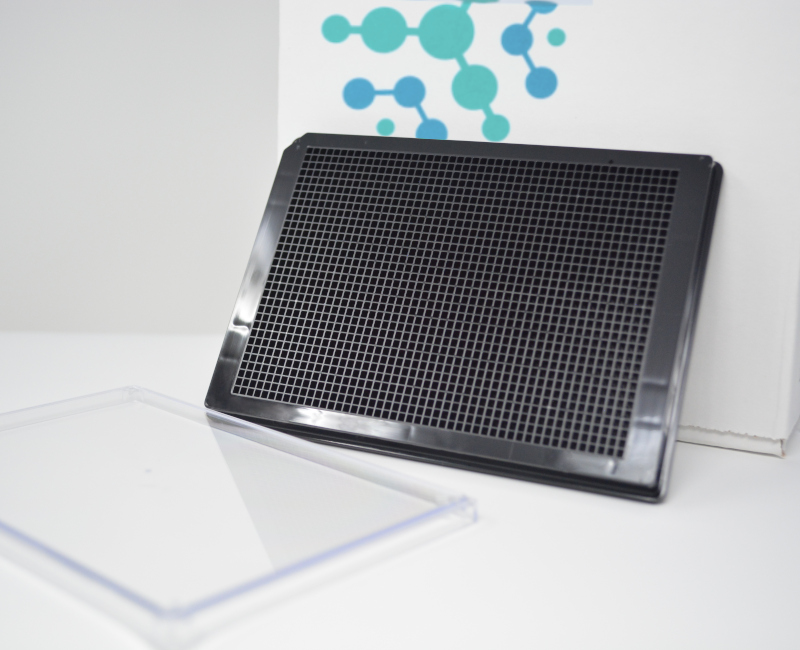
Optimising you experiments with BioFloat plates
Biofloat coated plates are easy to use, versatile and reliable. There is no specific protocol for using the plates, however, for maximum reliability and reproducibility of experiments, please follow the following guidelines.
1. Seeding density- The seeding density is dependent on the cell line and the desired spheroid size. For the majority of the cell lines seeding between 1,000-12,000 cells per well is recommended.
2. Do not centrifuge unless specified- Biofloat plates with U bottom shape generally do not require a centrifugation step to achieve spheroid formation. Self aggregation typically occurs on its own within 24-48hrs post seeding.
3. Centrifugation – If protocol specifies a centrifugation step, we suggest maintaining the centrifugation at max. 200 x g for 3 minutes. Excessive centrifugation carries the risk of disrupting the polymer collating that is essential for uniform spheroid formation.
4. Solutions to be avoided -The polymer coating of BioFloat plates are stable under most cell culture media and solutions with the exception DMSO solution of a concentration above 5%, and ethanol or methanol solutions of a concentration above 10%. Alcohol solutions at these particular concentrations disturb the polymer coating and prevent its full function.
5. Imaging solutions – If you note patterns on the plate surface that interferes with imaging, it is most likely left over polymer. To overcome this limitation, we recommend adding an extra wash step to your process. Simply add PBS to your wells, centrifuge at 200 x g for 3 minutes, and aspirate the liquid. Then your plate can be used directly again, for imaging and analysis. The polymer is not harmful and has no influence over cell growth.
General protocol for using Biofloat flex solutions
BIOFLOAT Flex is a polymeric coating solution that rapidly binds to any plastic or glass surfaces, generating surfaces with protein and cell repellent properties. The high anti-adhesive properties of the solution, causes the cell culture surfaces to become “invisible” to the cell, favoring self aggregation and growth of cell-cell interactions that is vital for in-vivo like cell structure and function. For more information on materials that can be used for coating, please check out our BIOFLOAT Flex Application Note on the Science Room page of the website.
For detailed instructions on how to coat your plates please follow the protocol sheet included in the product. Briefly, the polymer solution is added to the cell culture plate of choice, and aspirated out after 3 minutes. The plate is then allowed to air dry at room temperature under a laminar flow hood, for 30 minutes. The Coated plates can then be used immediately or stored at room temperature for later use.
Important to note: BIOFLOAT solution is not compatible for use with pre-treated cell culture surfaces. Avoid using the polymer solution in combination with any surface or plate, petri dish or other labware that is “cell culture treated” or “TC treated” or is otherwise treated. The pre-treatment will prevent the effective and robust binding of the BIOFLOAT FLEX polymer solution, and consequently disrupt the formation of uniform spheroids



